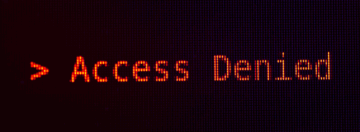What are DOE “Q” or “L” Clearances?

The Atomic Energy Act of 1946 gives the Department of Energy (DOE) the authority and responsibility for all nuclear energy information for the United States Government. The DOE grants “Q” or “L” access authorizations allowing individuals access to classified material when required by his or her official duties, or when eligibility for access to or control over special nuclear material or information is needed. So what is the difference between “Q” and Top Secret and “L” and Secret?
The DOE clearance allows access to Restricted Data (RD) or Formerly Restricted Data (FRD), which are special categories of classified information concerning nuclear or atomic information. The investigations are the same as those used to grant Secret and Top Secret clearances.
How Reciprocity Works
Basically, what this means is that if you currently have a final Top Secret security clearance and your investigation was completed within the previous five years you won’t need to undergo another investigation in order for DOE to grant you a “Q” level access authorization under reciprocity guidelines. Similarly, a final Secret clearance would result in an “L” access authorization. The key word here is final, as interim clearances do not meet the requirement for access to RD or FRD. You would only need a new investigation if you were applying for a position that requires a higher type of access authorization than the one you hold. As a caveat to this, because RD information is more sensitive than National Security Information, when information is classified by the DOE as Secret Restricted Data, it would require a “Q” level access authorization.


